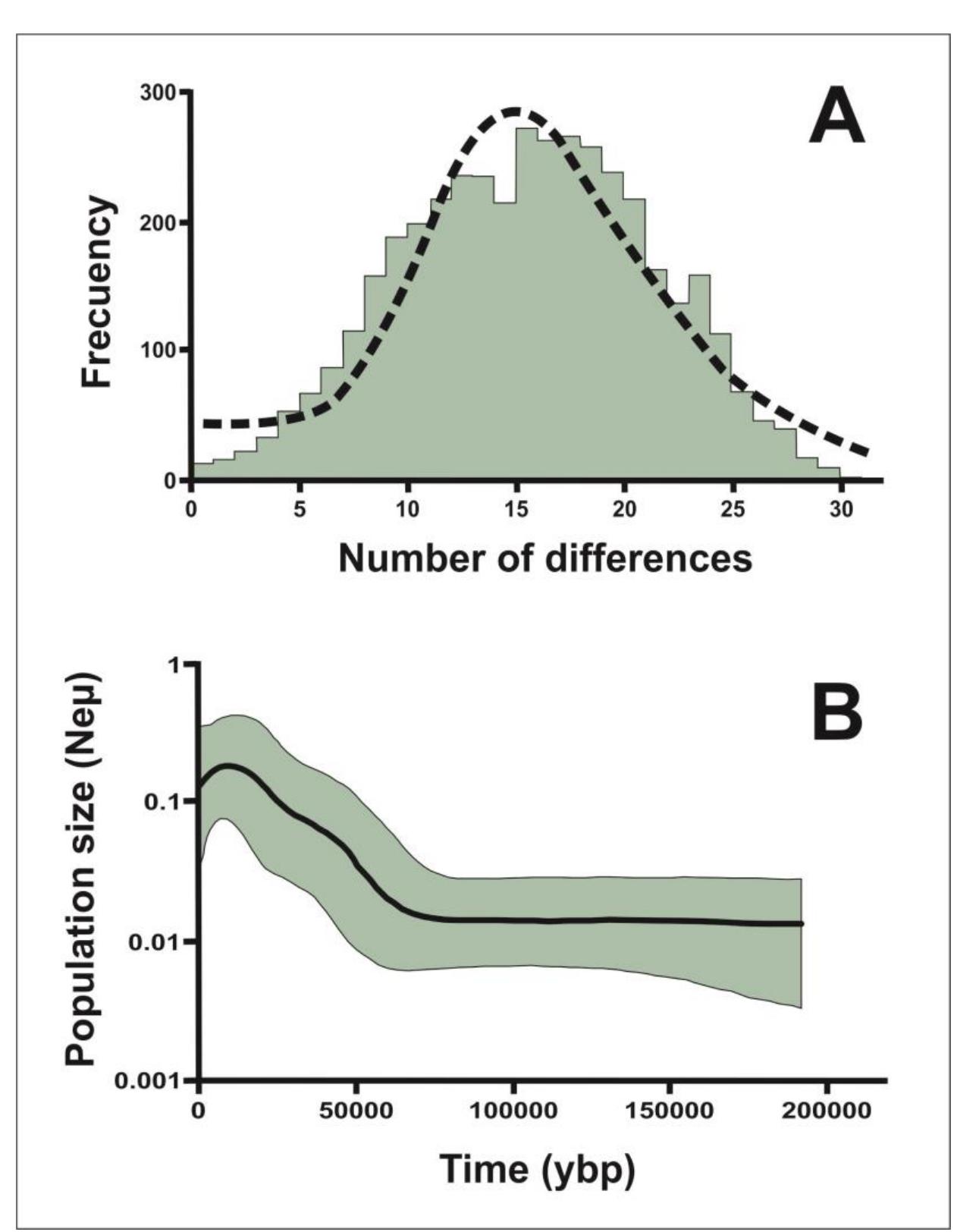Key research themes
1. How did the onset and intensification of Northern Hemisphere glaciation (NHG) unfold regionally during the late Pliocene to early Quaternary, and what were the main drivers?
This theme investigates the timing, sequence, and mechanisms behind the transition from a warm Pliocene climate to intensified glaciations in the Northern Hemisphere starting ∼3 to 2.6 million years ago. The research focuses on the spatiotemporal heterogeneity of cooling and glaciation signals across different latitudes, the influences of CO2 concentration thresholds, tectonic changes, and shifting oceanic and atmospheric circulations. Understanding this transition is critical for elucidating feedbacks within the Earth climate system and paleoclimate forcings that shaped the modern icehouse world.
2. What are the spatial and temporal patterns of climate variability during the Late Glacial and Holocene in the Northern Hemisphere mid- to high-latitudes?
This research area synthesizes proxy records to reconstruct precipitation isotopic compositions, temperature changes, and glacier dynamics through the transition from the Last Glacial Maximum (LGM) into the Holocene. It explores how regional climatic changes such as glacial advances and retreats, isotopic precipitation shifts, and atmospheric circulation variability developed, their spatial heterogeneity, and implications for understanding mechanisms driving abrupt and gradual climate changes during this interval.
3. How did terrestrial ecosystems, soil weathering, and chemical weathering proxies respond to late Quaternary climate variations, especially during glacial-interglacial transitions?
Research under this theme focuses on paleoecological and geochemical proxies to reconstruct vegetation dynamics, soil weathering intensity, and landscape responses to climate changes over the last glacial cycle and Holocene. It examines relationships between temperature, precipitation, atmospheric CO2, and biological activity to interpret chemical index of alteration (CIA) values and biotic community shifts as indicators of past climate variability, highlighting regional ecosystem sensitivity and feedbacks within the Earth system.








